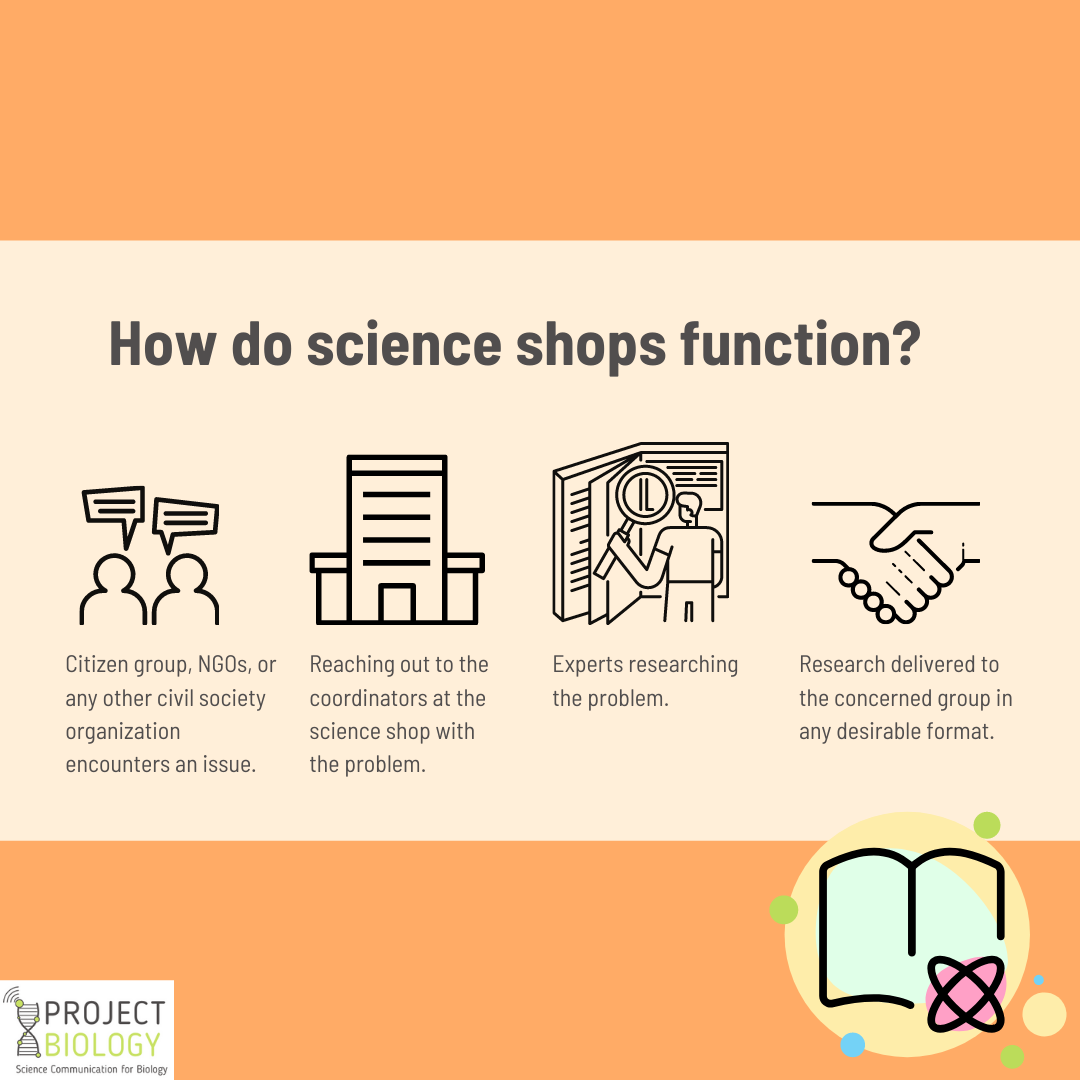Museums are the gatekeepers to the history, science, art, and culture of our world. Every exhibit opens the gateway to a different experience. Such is the popularity and charm of many old museums that millions of visitors annually frequent them.
Many excellent museums like the Louvre Museum in Paris, Smithsonian National Museum of Natural History in Washington, D.C., National History Museum, London, and others are all scattered across the globe. A great miss of knowledge to many. Now now, lighten up deary, for an initiative in bringing the knowledge of these museums to your bookshelf is here.
Meet the “Welcome to the Museum” series by Big Picture Press!! The series brings museums to the pages of its intriguing titles; “Anatomicum,” “Animalium,” “Botanicum,” “Dinosaurium,” “Historium,” “Fungarium,” “Planetarium,” and “Story of Life.”
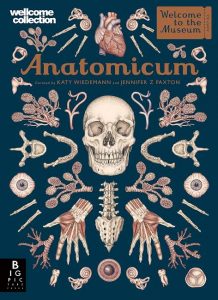
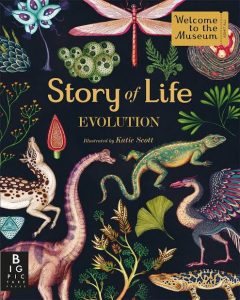
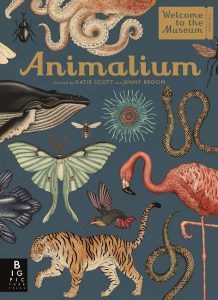
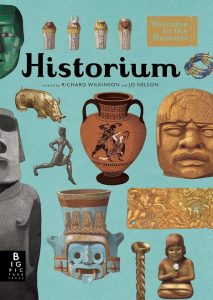


Museum in a book: Botanicum
We got our hands on the beautiful book “Botanicum,” which explores the unique world of plants. At first impression, it is, without a doubt, a beautiful collectible. It has full-page illustrations resembling the museum-style plates to give an experience of real museum display.
Botanicum has 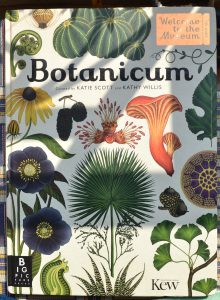 elements of vintage designs, beautiful illustrations, straightforward narration, and detailed descriptions. Additionally, the style of explaining the species with insights from everyday lives makes the topics interesting, relatable, and easy to understand.
elements of vintage designs, beautiful illustrations, straightforward narration, and detailed descriptions. Additionally, the style of explaining the species with insights from everyday lives makes the topics interesting, relatable, and easy to understand.
The book details the journey of the plant kingdom, beginning with the history of the planet. Likewise, it starts with an elaborate “Tree of life” showcasing the evolutionary journey of plants. It traces out the beautiful variety of plants.
The text further teaches one how different plants help life continue. It tells of how resilience allows them to modify and survive in a very different atmosphere than we live in today.
The book delves into the stories of members of the plant family from tallest and long-living trees on earth to the beautiful ginkgo surviving as a single species, the devastations by oil palm, plants feeding the world as crops, Darwin’s theories with the Christmas star orchid, the quest for the desirable viceroy tulip and the contribution of the amazon water lily to an architectural marvel.
The book discusses the unusual world of parasitic plants such as the largest flower globally, the stinking corpse flower infamous for its namesake smell, to the world-famous mistletoe, an integral part of the Christmas tradition.
Seven galleries for you to explore
Overall the book, just like a museum, makes up of seven different galleries. Each gallery introduces you to different forms of plants and a glimpse into their unique environment and their substantial impact on society.
The pictures do the narrative justice ranging from complete plants in their grandeur to their individual parts. The galleries end with a trip through unique habitats worldwide and share their importance and relationship with the inhabiting flora.
The Galore
The first gallery presents the plant kingdom’s starting members on earth; algae, bryophyte, clubmosses, horsetails, whisk ferns, ferns, and their association with fellow inhabitants fungi and lichens.
It gives you a view of the carboniferous forests that existed millions of years ago and their unique and lost flora. And how the giant plants that once populated the planet now survive as shrunk versions of themselves.
The second gallery owes to the most widely recognized member of the family – trees. You start with the conifers, temperate, tropical, and fruit trees, along with ornamental shrubs.
The gallery pays tribute to the oldest living ecosystem of the planet and the earth’s lungs, the rainforests. This dynamic and diverse environment has plants surviving together through literal thick and thin (botany pun).
Further along, we move to the gallery dedicated to palms and cycads with their iconic appearance and valuable economic contribution. It also talks of the adverse impacts of oil palm cultivation growth and attempts to make it sustainable.

Orchids, herbaceous & so much more
Next, the herbaceous plants’ section talks of flowers and their unique designs and variety in cultivation and the wild. We also get to know more about bulb shoots and root vegetables that are a flavorful part of cuisines worldwide.
We explore the challenging environment of the alpine forest and the brave members that survive there. Then we get to the grass family and how its three remarkable members, maize, wheat, and rice, help feed the world.
The next section about Orchids and bromeliads describes these well-known species in the next section and how they have fascinated humans with their beauty for decades. The last section is dedicated to the ability to resist and survive in challenging environments through smart modifications.
The section adds with unraveling the essential role mangroves play for humans and animals, and are being lost nonetheless.
Plants and human connect
The books discuss the interest people have had for unique and ornate varieties of plants for centuries. They have been extracted from their native habitats for collection and trade in western societies. Some were exploited for trade to the point that they ended up getting driven to extinction.
The book sheds light on the exciting correlation plants have had with human civilizations. It talks about the plants’ journey with famous explorers Jardin des Plantes, Christopher Colombus, and Robert Hermann Schomburgk to the western world.
They were brought as gifts to monarchs anas specimens to study and adapted to new habitats by scholars. The history of cultivation and consumption of plants as food through various civilizations is also discussed. The book talks about the significance of plants in feeding the population and their economic values.
The book is a treasure trove of information on the plant kingdom and the exciting stories of its members. It’s helpful to botanists and plant enthusiasts alike and engagingly present the discipline.
It depicts the role artistic expression plays in making communication more engaging and effective. It is also a useful guide for someone exploring botany and art for science communication. The narrative and style encourage you to explore the flora around you with fresh and heightened curiosity. Explore the title of your choice from the series and dwell on the beautiful artwork and engaging narrative.
Reader for the book Botanicum: Astha


